9 Biophilic Design Tips to Transform Your Home into a Nature Haven
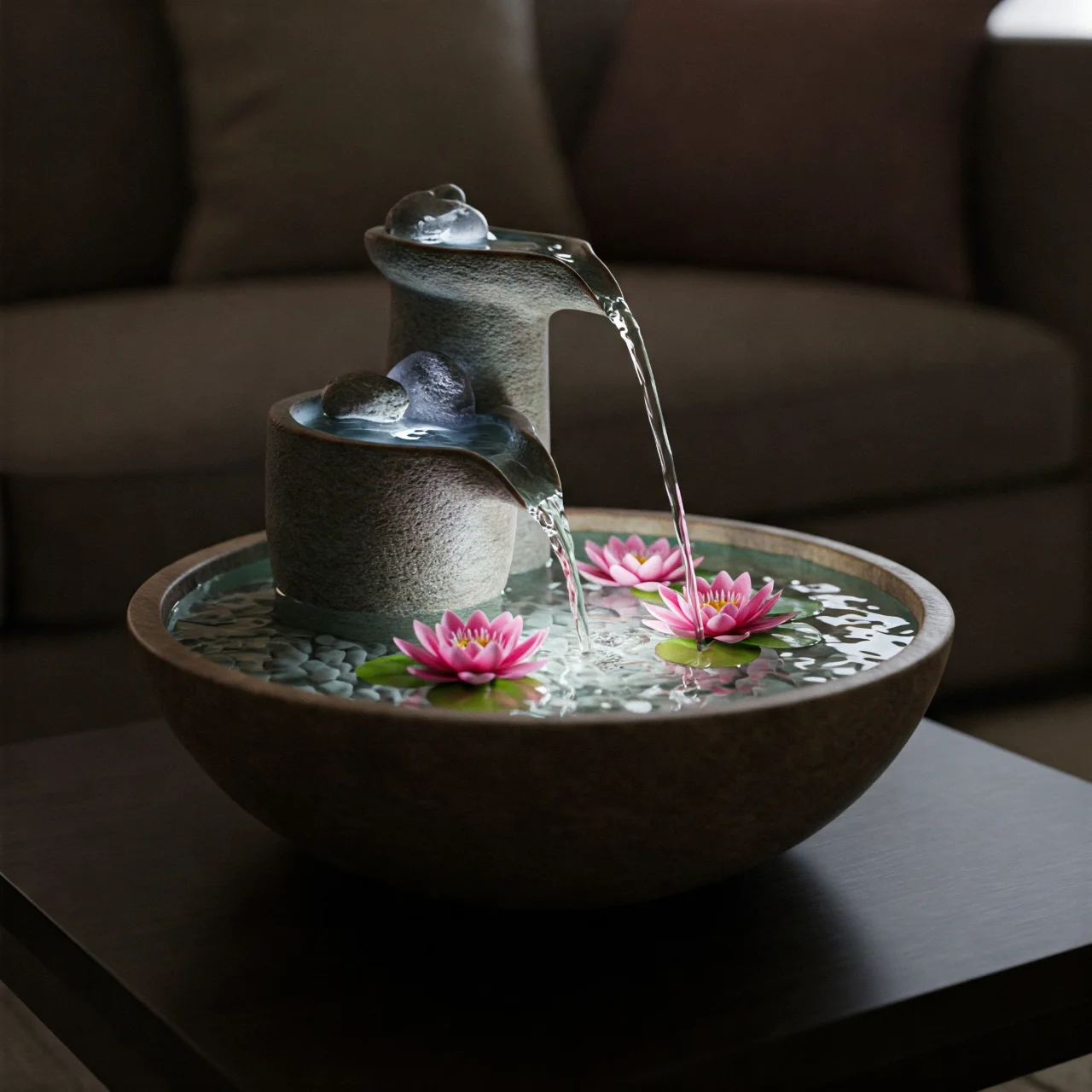
Embrace Nature Indoors: 9 Biophilic Design Tips for a Tranquil Home
Craving a serene escape from the everyday hustle, right within your home? Imagine spaces that not only look beautiful but also nurture your well-being. That's the magic of biophilic design – a revolutionary approach that reconnects us with nature within our built environments. This listicle unveils 9 practical and inspiring tips to seamlessly weave biophilic design into your home. Get ready to transform your living spaces into havens of tranquility and discover the profound benefits of bringing the outdoors in!
1. Let There Be Light (Natural Light, That Is!)
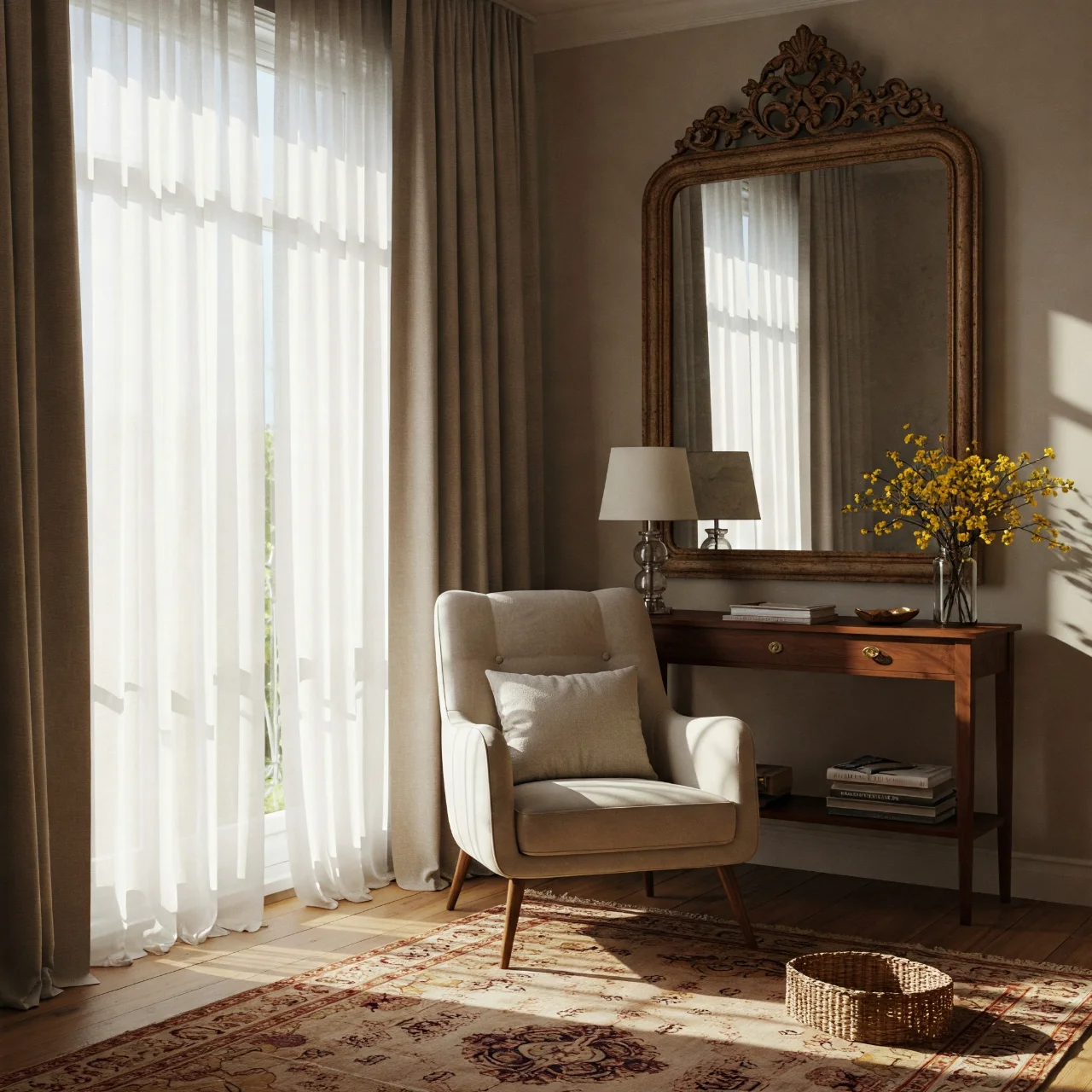
Maximize natural light – the cornerstone of biophilic design. Open up curtains, blinds, and consider sheer window treatments to diffuse sunlight gently. Strategically place mirrors to reflect and amplify daylight, brightening up darker corners. If possible, enlarge windows or install skylights to invite more sunlight in. Natural light improves mood, regulates circadian rhythms, and reduces reliance on artificial lighting, contributing to energy efficiency and a closer connection to the natural day-night cycle. Embrace sunshine to invigorate your indoor spaces!
2. Plant Power: Green Up Your Living Spaces

Introduce a variety of indoor plants – from small succulents to statement trees. Plants are nature's air purifiers, reducing indoor pollutants and increasing oxygen levels, boosting well-being. Select plants that thrive in your home's light conditions and suit your lifestyle. Group plants together to create a mini indoor garden, mimicking natural plant communities. Consider vertical gardens or hanging planters to maximize green space even in smaller homes. The presence of plants reduces stress, enhances creativity, and infuses life and vibrancy into any room.
3. Nature's Palette: Embrace Earthy Tones & Textures
Incorporate natural color palettes inspired by landscapes - think calming greens, warm browns, soothing blues, and sandy beiges. These earthy tones create a sense of grounding and connection to the outdoors. Extend this natural aesthetic to textures. Use materials like wood, stone, bamboo, rattan, and cork in furniture, flooring, and décor accents. Natural textures engage our senses and bring an organic feel to interiors, contrasting with the often-smooth, manufactured surfaces of modern life. Opt for natural fabrics like linen, cotton, and wool for upholstery and textiles.
4. Bring the Outdoors In With Natural Materials
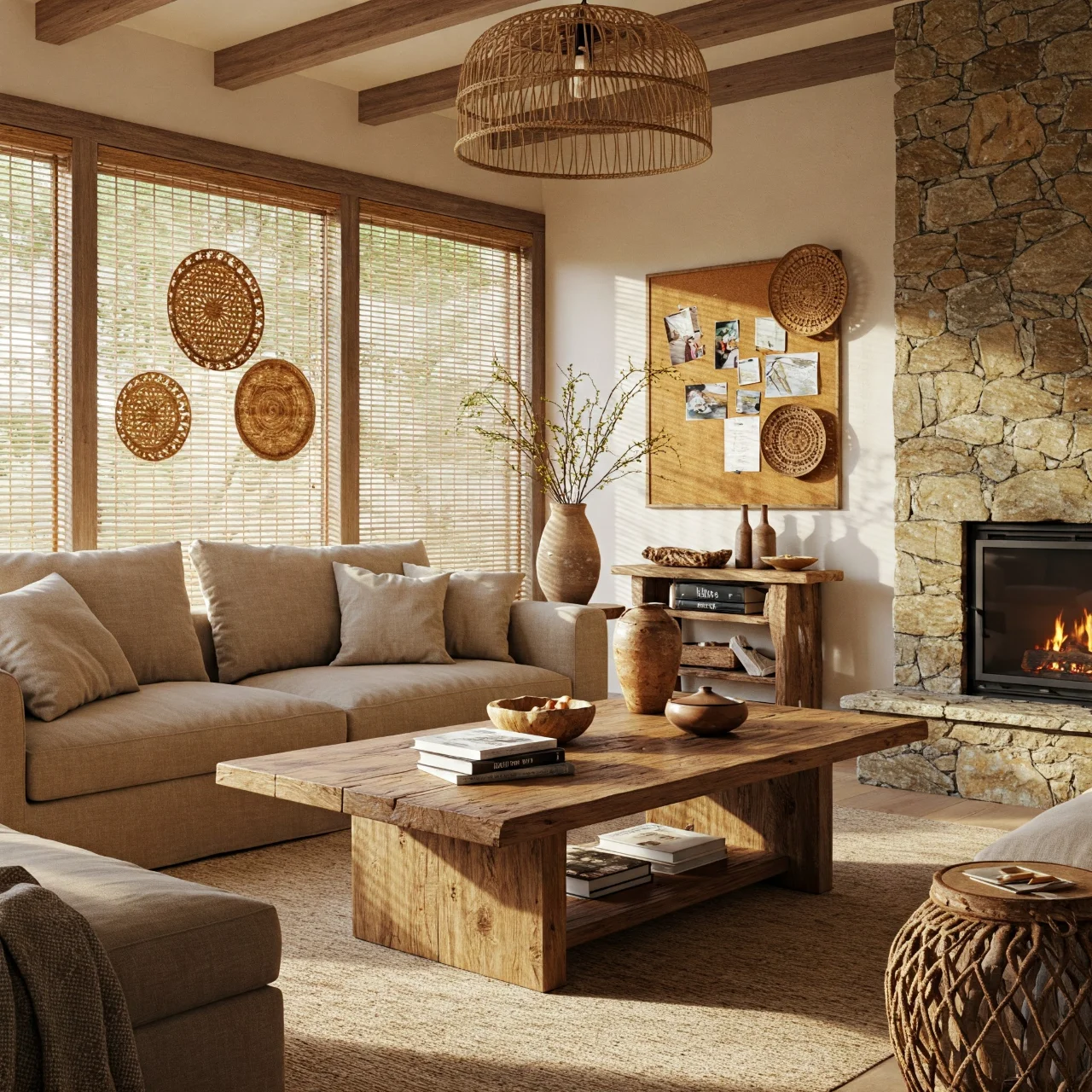
Select furniture and décor items crafted from natural, sustainable materials. Wood, bamboo, rattan, cork, and stone are excellent choices. These materials not only look aesthetically pleasing but also have a lower environmental impact. Unfinished or minimally processed wood retains its natural grain and texture, enhancing the biophilic effect. Consider reclaimed wood for a unique and eco-conscious touch. Natural materials age gracefully, developing character over time, adding depth and authenticity to your home's interior.
5. Water Features: The Sound of Serenity

Introduce a water feature to your indoor environment. Even a small tabletop fountain or a miniature indoor waterfall can bring the soothing sounds of nature indoors. The gentle sound of flowing water is known to reduce stress and promote relaxation. Aquariums, terrariums with water elements, or even a simple bowl of water with floating flowers can serve as calming focal points, connecting us to the vital element of water. Consider the auditory and visual benefits of water to enhance your biophilic design.
6. Organic Forms & Natural Patterns: Mimic Nature's Design

Incorporate organic shapes and natural patterns into your décor. Think curved furniture, rounded edges, and flowing lines that mimic forms found in nature, rather than sharp, strictly geometric shapes. Choose textiles, wallpapers, and artwork featuring natural patterns like leaves, branches, waves, or wood grain. These patterns subconsciously remind us of the natural world, fostering a sense of familiarity and comfort. Nature rarely creates straight lines – embrace imperfection and fluidity in your interior design to enhance the biophilic connection.
7. Ventilation & Fresh Air: Breathe Easy Indoors
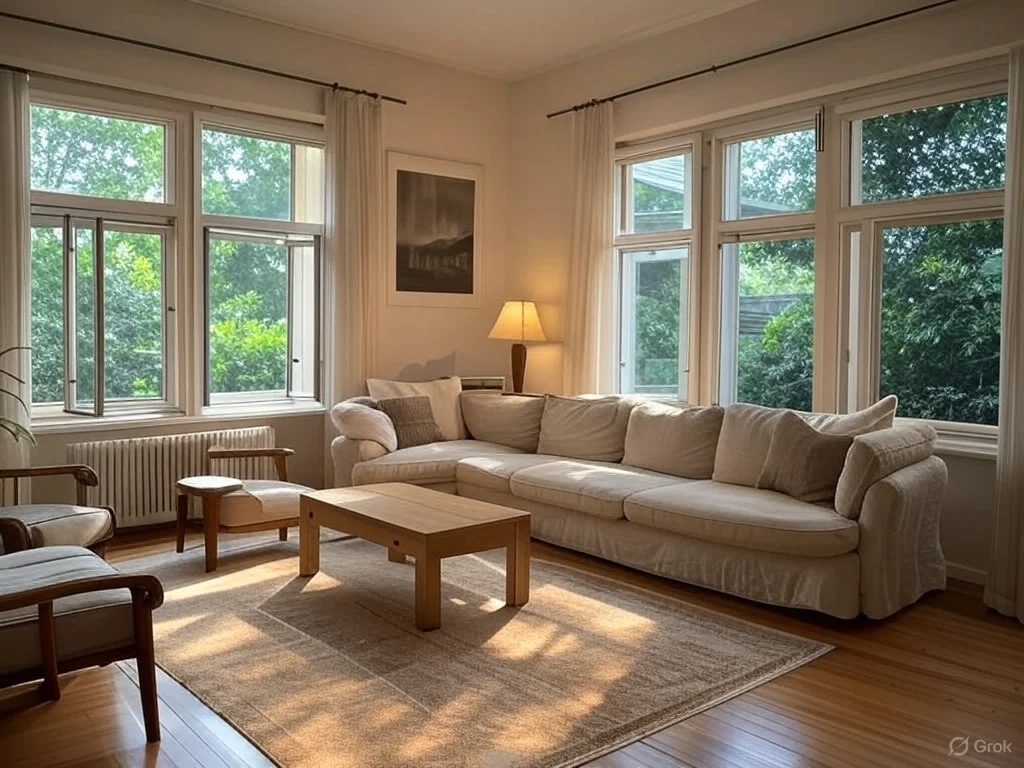
Prioritize good ventilation to ensure fresh air circulation throughout your home. Open windows regularly to allow for natural cross-ventilation, improving air quality and connecting you to outdoor breezes. Consider installing ceiling fans to enhance air movement or investing in air purifiers, especially if you live in urban environments. Fresh air is essential for well-being and creating a healthy indoor environment. Being aware of air quality and taking steps to improve it is a key aspect of biophilic design, mirroring healthy natural environments.
8. Green Views & Visual Connection to Nature
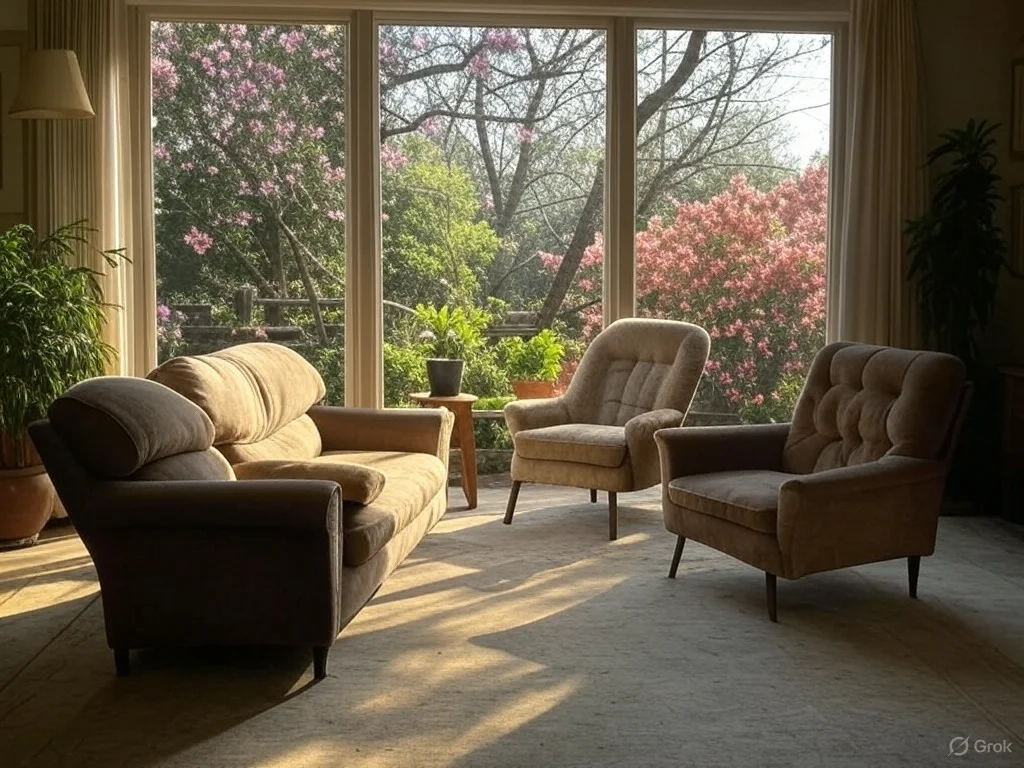
Maximize views of nature from your home. Position furniture to face windows overlooking gardens, trees, or natural landscapes. If a direct view isn't possible, create a 'green view' indoors with a wall of plants or a strategically placed large indoor tree that is visible from living areas. Even artwork depicting nature scenes can provide a visual connection. Studies show that access to green views reduces stress and improves focus. Cultivating visual links to nature enhances the restorative qualities of your indoor spaces.
9. Soundscapes of Nature: Auditory Bliss
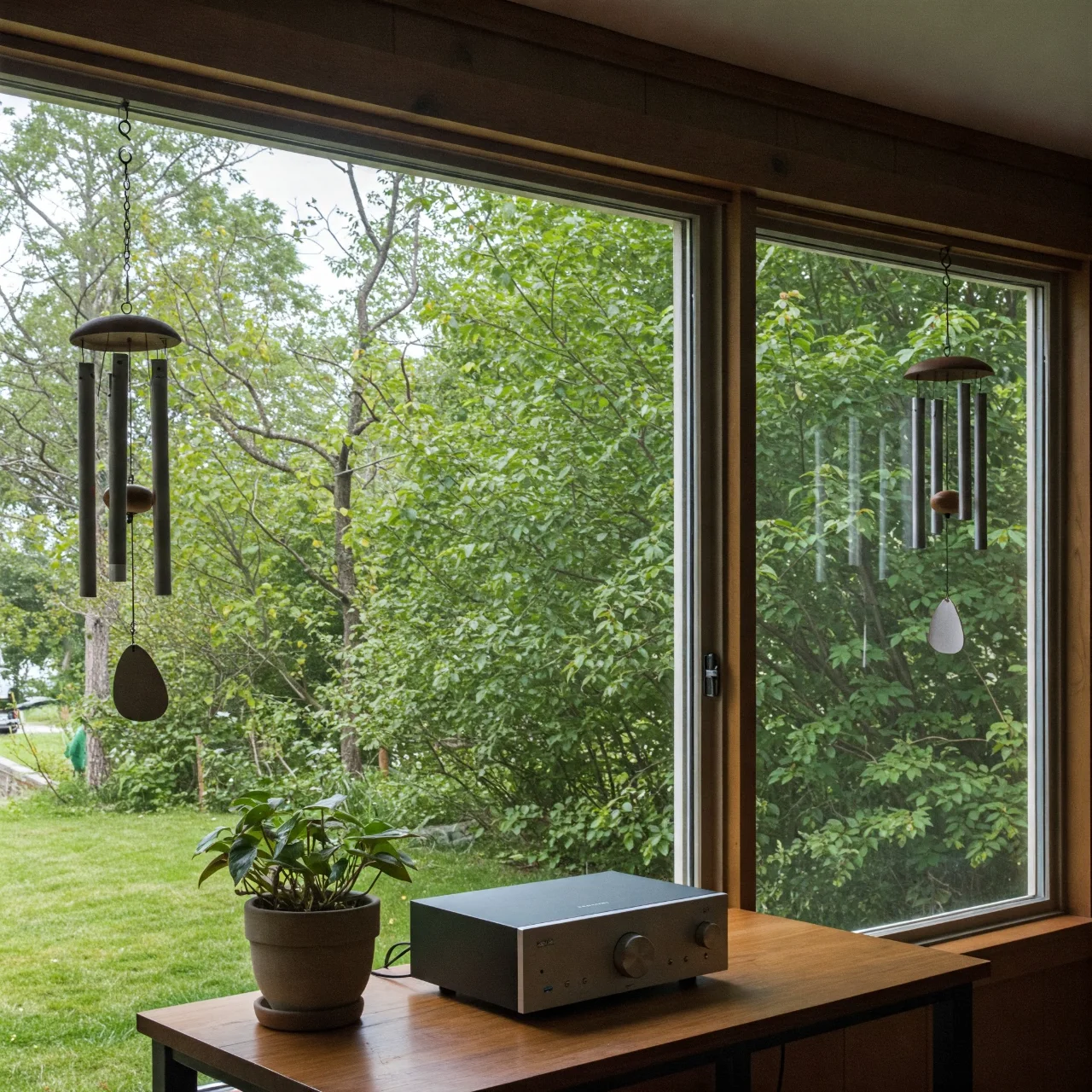
Incorporate natural sounds into your home environment. Play recordings of nature sounds like birdsong, rain, or ocean waves to create a calming and immersive atmosphere. Consider wind chimes outside windows to gently bring natural sounds indoors. Minimize harsh artificial noises where possible to create a more tranquil soundscape. Auditory cues from nature can be incredibly grounding and contribute to stress reduction and relaxation, enriching the biophilic experience within your home.
Reconnect with Nature, Right at Home!
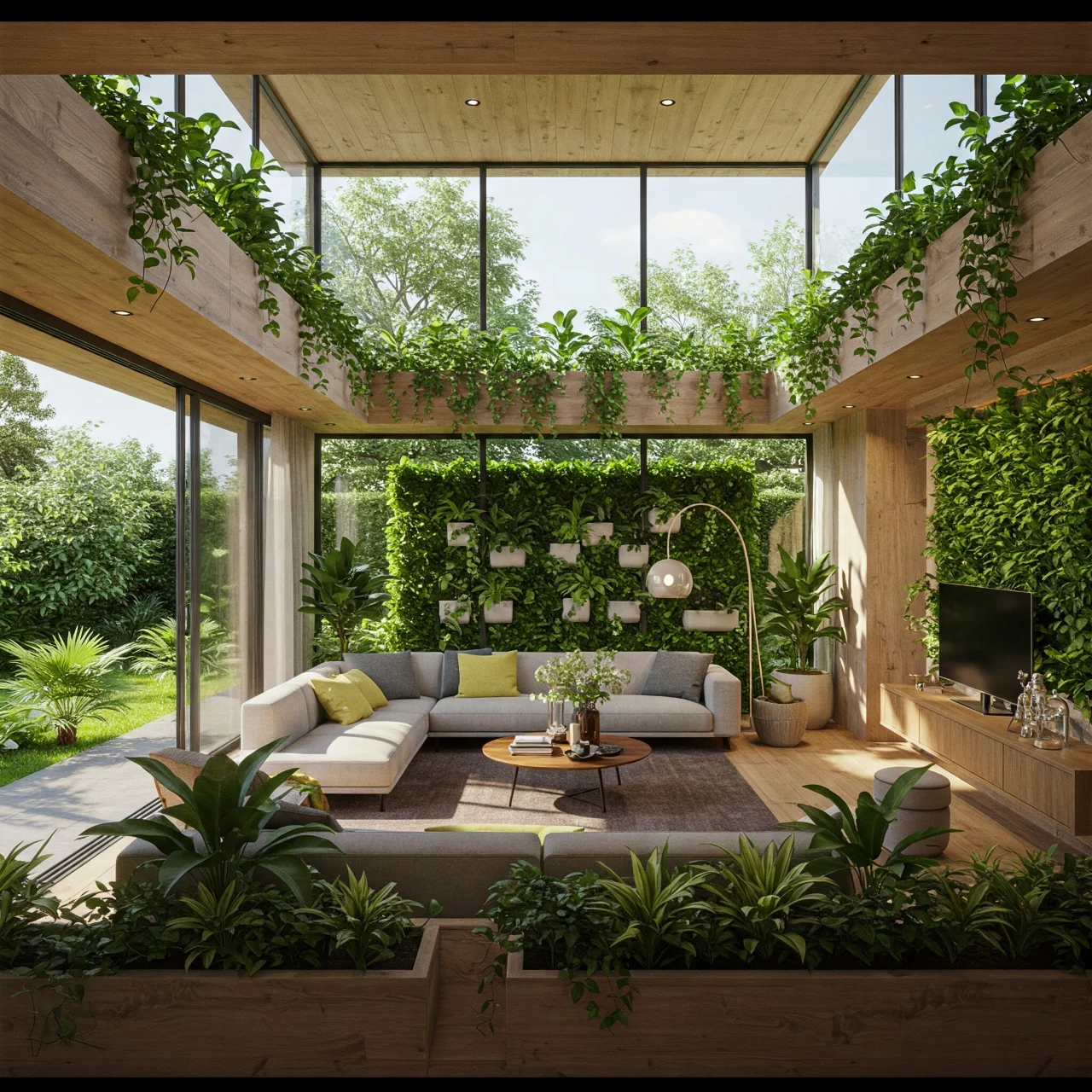
By thoughtfully implementing these biophilic design tips, you can transform your home into a sanctuary that nurtures your well-being and fosters a deeper connection with the natural world. Embrace these principles and witness the positive impact on your mood, creativity, and overall quality of life. Start small, experiment with different elements, and personalize your biophilic design journey. Share this article with friends and family to inspire them to bring nature indoors and create their own tranquil havens!
Comments
Loading comments...